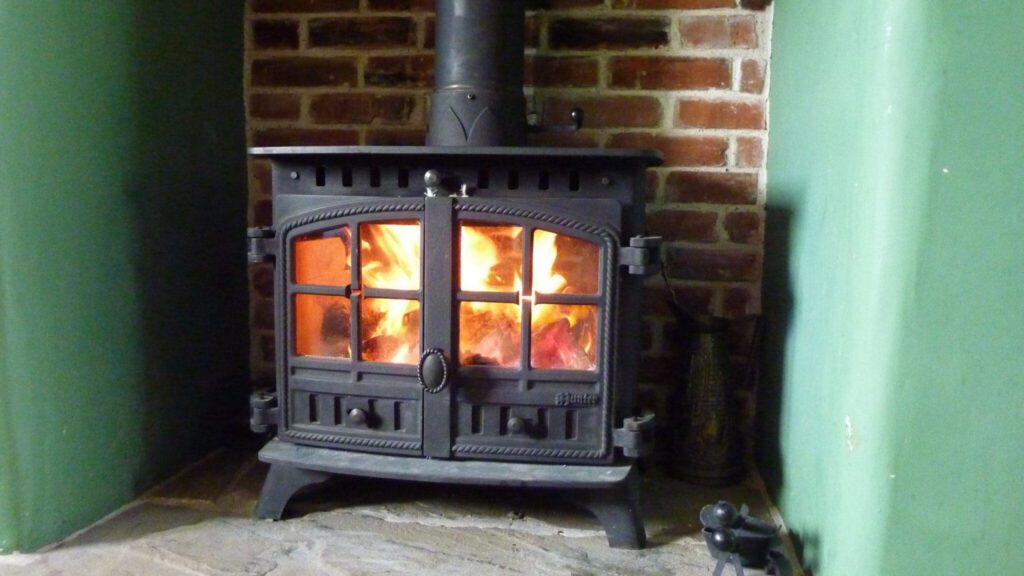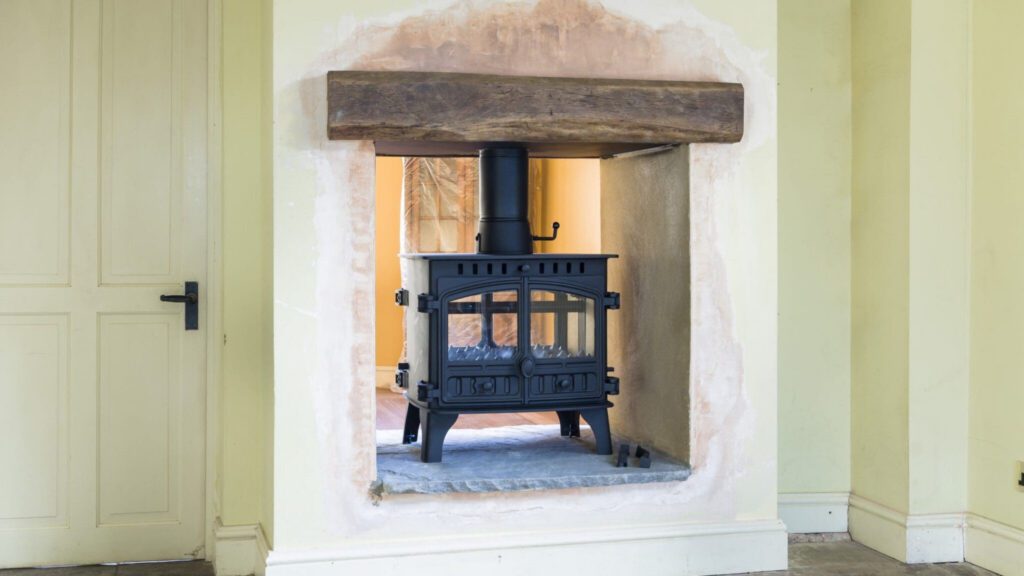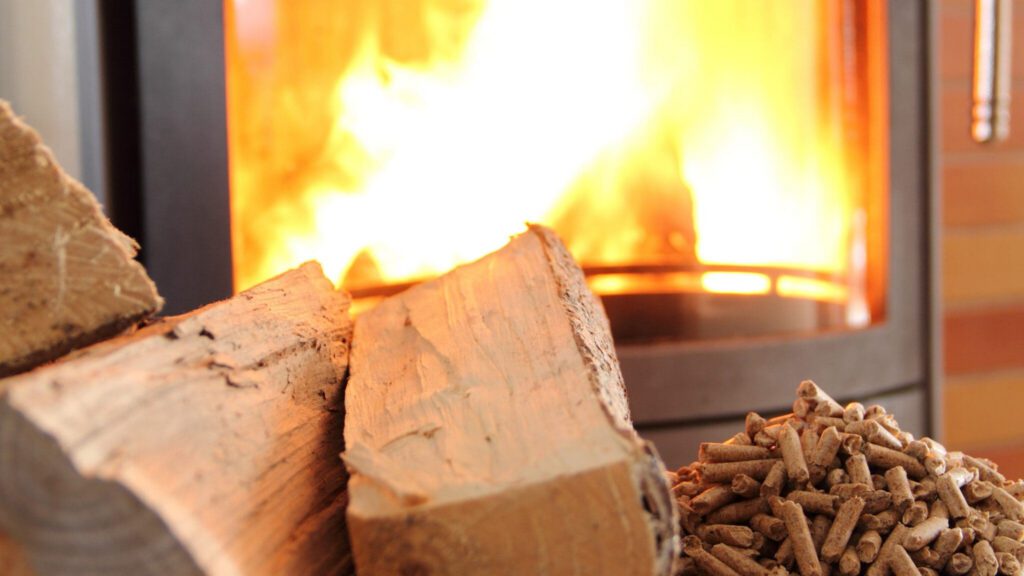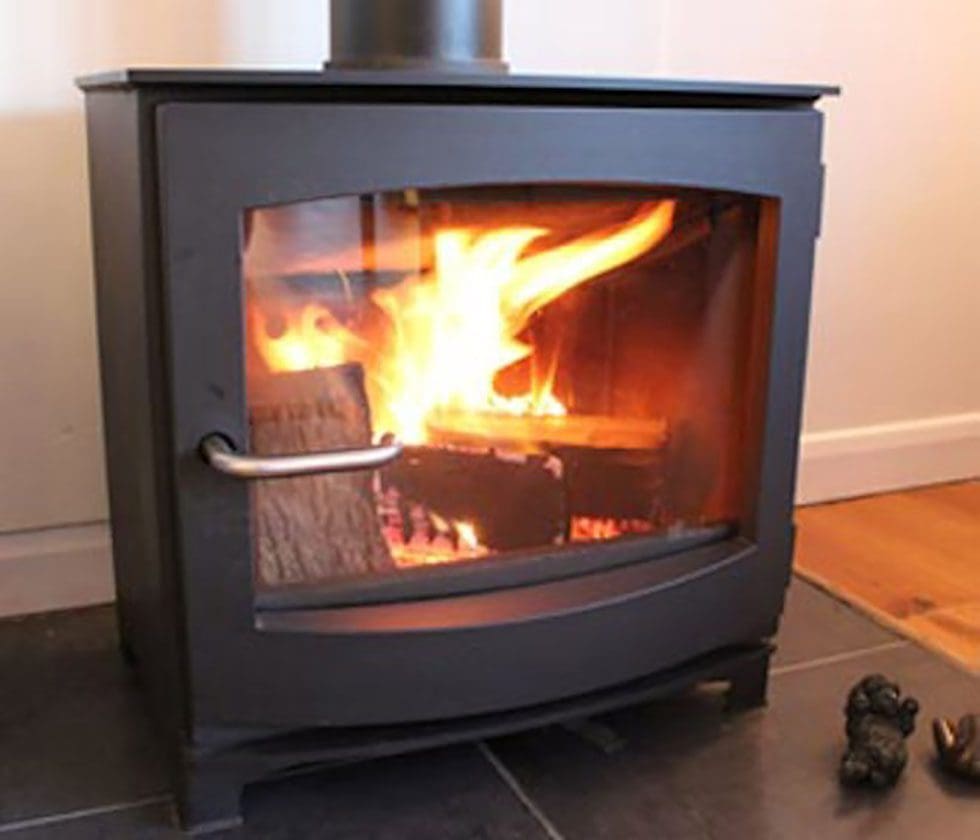How to expand your business with OFTEC

OFTEC is well known for its commitment to liquid fuel heating training and registration, but did you know that we offer a range of other options for anyone working in today’s heating industry? Competent person scheme registration: Extensions of registration: OFTEC registration enables you to self-certify work* and your installations are covered by our free workmanship warranty. You’ll also be listed on our ‘find a technician’ web search, have access to our technical support, and get all the latest industry news, together with a range of other valuable benefits. Start your registration process here: https://www.oftec.org/technicians/join-oftec/ Image from OFTEC
Solid fuel stove – air supply requirements

Technical considerations around the installing of solid fuel stoves.
OFTEC partners with Which? to boost recognition for reputable technicians

The Trusted Trader partnership will help installers demonstrate credentials.
Uninsulated solid fuel flue pipes to combustible material

OFTEC’s technical department is seeing an increase of solid fuel stoves being installed in fireplace recesses.
Proliferation of solid fuel standards

Andy Genovese of Hove Wood Burners discusses solid fuel standards.
Air pollution falls as solid fuel stove sales hit all time high

Andy Genovese of Hove Wood Burners explains why air pollution from solid fuel stoves has dropped over the last few years.
Solid fuel registration

The recent increase in the popularity of wood burning stoves presents a great business opportunity for installers and servicing technicians.
Demand for solid fuel installers heats up

OFTEC extended the scope of the competent person registration scheme to include solid fuel installations.
Flue season – a consideration of solid fuel appliance queries

Addressing some of the recent queries around flues for solid fuel appliances
Solid fuel hearths – boundary issues
The purpose of a hearth is to provide a safe area around a combustion appliance to prevent the appliance setting fire to building fabric, furnishings and limit risk to persons in close proximity This area of a hearth’s surface separates and protects floor and room contents from radiated heat and falling embers. Regional building regulations guidance state that the edges of this surface should be visually apparent to provide a warning to the building occupants not to place combustible material on the hearth. This should also discourage combustible floor coverings from being installed too close to an appliance. In what ways can the edges be marked? The most common way to mark the boundary is a change of height, such as raised or lowered area of the hearth. However, this is not always practical. BS 8303 discusses the following alternative approaches: “As an alternative, the hearth and its boundary can be identified by using a different material or colour to the non-combustible flooring in the room where the appliance is located. In such a case the hearth is normally set into the floor or forms a part of a solid floor. This approach can be used for an appliance in a fireplace recess or free-standing. Alternatively, a fender, fireguard or non-combustible upstand securely fixed to the floor below by, for example, screws can be used to mark the boundary of the hearth”. OFTEC wishes to remind solid-fuel registered technicians that even in cases where the floor of a room is totally non-combustible (such as fully tiled), it will still be necessary to implement one of the methods of marking the edge of a safe zone above. Installing an appliance as shown in the picture above is not acceptable.
